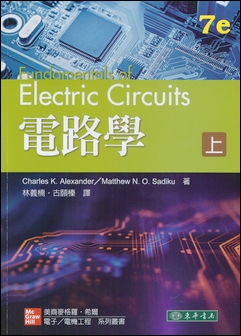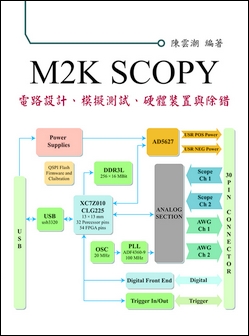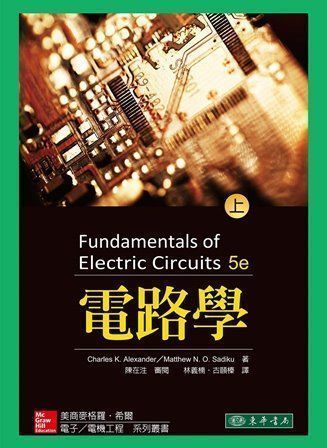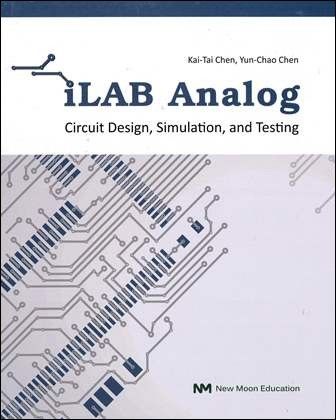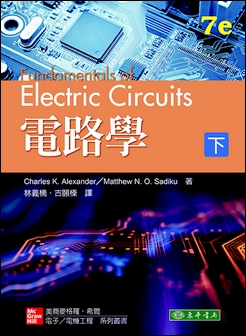書籍分類
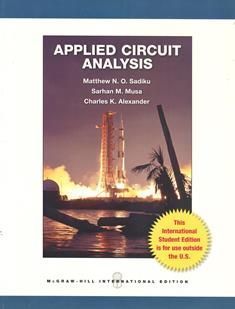
Applied Circuit Analysis
作者:Matthew N. O. Sadiku, Sarhan M. Musa, Charles K. Alexander
原價:NT$ 1,090
ISBN:9780071317825
版次:1
年份:2013
出版商:McGraw-Hill
頁數/規格:704頁/平裝彩色
版次:1
年份:2013
出版商:McGraw-Hill
頁數/規格:704頁/平裝彩色
內容介紹 本書特色 目錄 作者介紹
- Description
Applied Circuit Analysis 1e is intended to present circuit analysis to engineering technology students in a manner that is clearer, more interesting and easier to understand than other texts. This book was written for a two-semester or three-quarter course in linear analysis. The book may also be used for a one-semester course by a proper selection of chapters and sections by the instructor. It is broadly divided into two parts. Part 1, consisting of Chapters 1 to 10, is devoted to dc circuits. Part 2, containing Chapters 11 to 19, deals with ac circuits. The material in two parts is more than sufficient for a two-semester course so the instructor must select which chapters or sections to cover.



